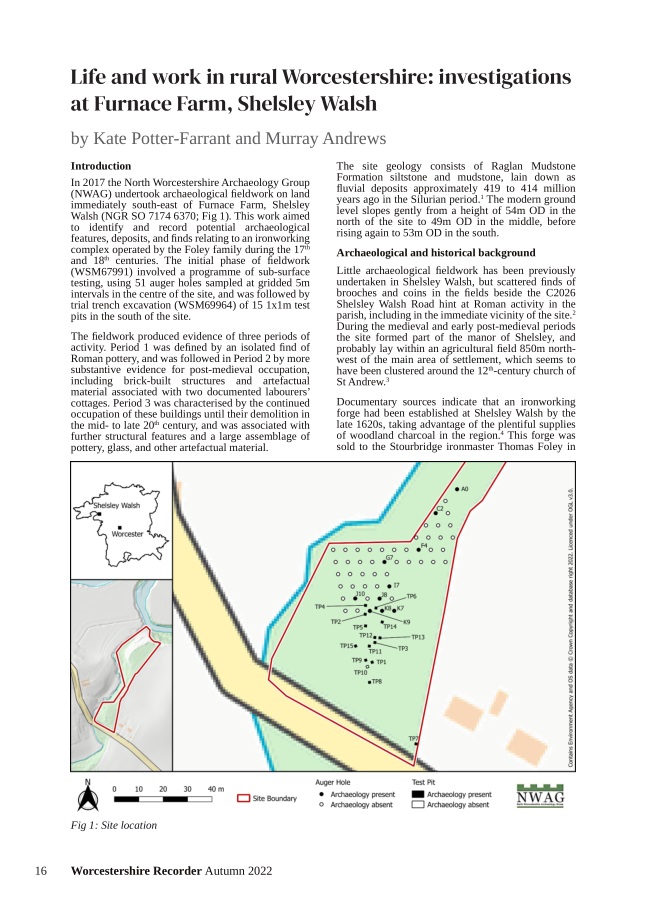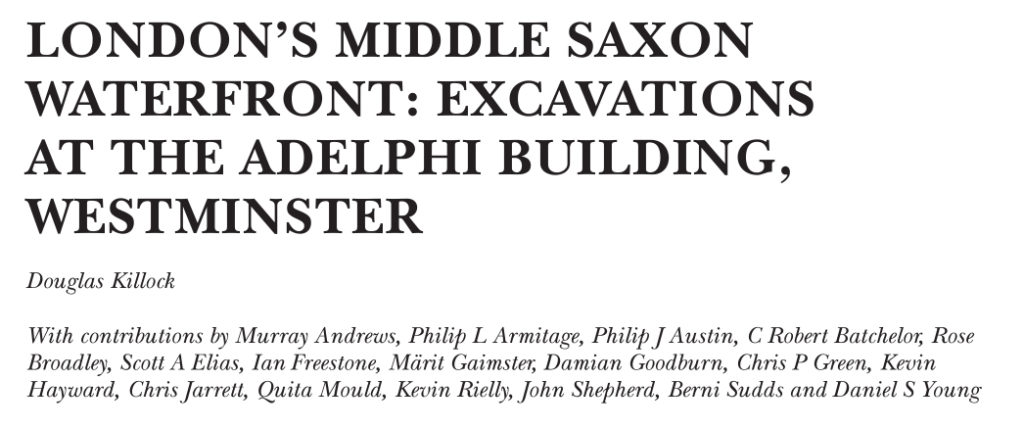The new issue of the Worcestershire Recorder has landed through my letterbox, and features a great selection of pieces exploring the county’s fascinating archaeology and local history – including two articles by yours truly!

The first article takes a fresh look at an enigmatic gold coin found during building work in Worcester in November 1859. While the coin can no longer be traced, written sources allow us to identify it as a cruzado of Manuel I of Portugal (1495-1521). These coins were legal tender in the mid-Tudor period, but are exceptionally rare as archaeological finds, with just 20 examples recorded across all of England and Wales. The Worcester cruzado fits within the existing distribution pattern, which has a south-western skew that reflects the role of the Bristol Channel as a hub of 16th-century Anglo-Iberian trade.

The second article is co-authored with my good friend Kate Potter-Farrant, and presents the results of fieldwork by the North Worcestershire Archaeology Group (NWAG) at Furnace Farm, Shelsley Walsh, in 2017. These investigations revealed activity dating from the Roman period to the present day, including the remains of two 18th- to 20th-century labourers’ cottages and post-medieval ironworking waste. The article builds on Kate’s incredible work on the finds assemblage, undertaken as part of her degree in Archaeology and Heritage Studies at the University of Worcester, and casts new light on a site excavated by a top-tier community group.

So why not have a look? To purchase a copy of the Worcestershire Recorder, get in touch with the Worcestershire Archaeological Society.
For a full list of my publications to date, check out the ‘Publications’ page on this website.


